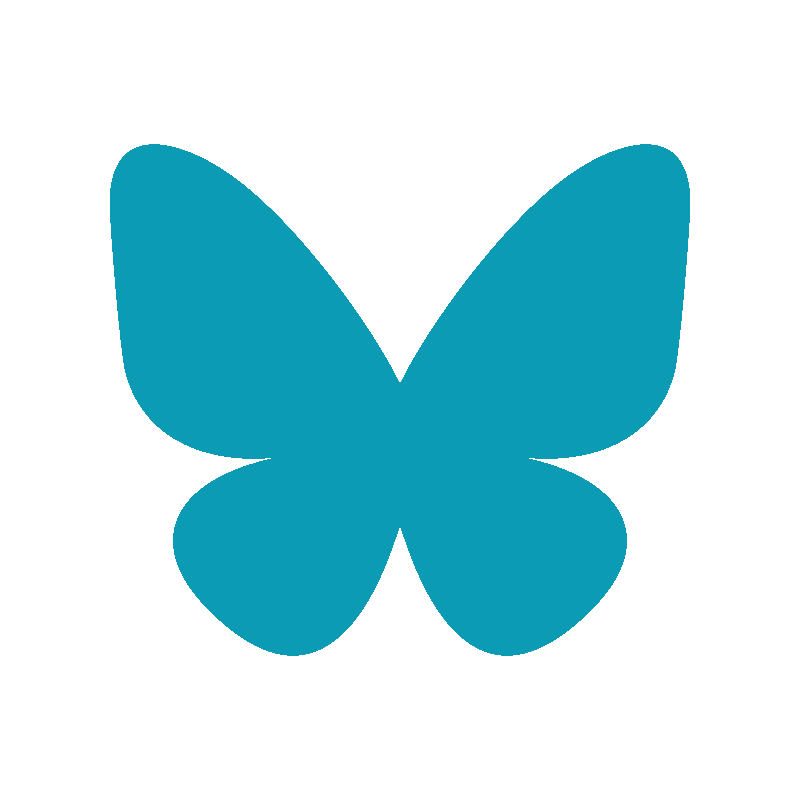I’m Mary Grieve, one of the Mòti Collective artists due to exhibit at the Stromness Museum at the end of March. Most of my work is three dimensional, or at least has 3D elements, with recent projects manifesting themselves as puppetry, stop frame animation and kinetic sculpture.
In spring last year, along with a group of other Mòti members, I took part in an online workshop with the museum. We all brought along examples of our work, and Norna and Katy looked out exhibits from the museum’s collections that they thought connected visually or conceptually with what we had taken.

I showed the group some of my puppets, one of which was a jubilant toad that I had stitched together from fabric and leather over a posable armature. This hand-craftedamphibian sparked links not only with the natural history exhibits but with examples of textiles and beautifully embroidered historical garments. We started to imagine my little characters exploring the museum, moving among the exhibits, investigating these textiles and textures and discovering the stories held within them.

My project for the ‘Mòti at the Museum’ exhibition continues this whimsical tone and focuses on one of the smaller visitors to the museum, the Sea Slater (or Ligia Oceanica when they’re feeling fancy), wee nocturnal souls with a particular fondness for bladder wrack. You might have met a few under a rock on the beach one day or come across a cousin or two in your garden. They like crevices and rock pools and feasting on seaweed and apparently they are quite abundant in Stromness museum, often found sauntering around as if they own the place.

The museum’s proximity to the water cannot be ignored, it sits like much of Stromness, just metres from the shore and the slaters take advantage of this. This proximity is carried through the exhibits, the history of the collection never far from the sea as you travel from shipwreck and warship, past lighthouse and creel to many lands across the ocean.


I will be examining this journey in close up, taking swatches of patterns and tones from different exhibits and crafting them into small embroidered isopods. Who knows how they developed these unusual markings? Perhaps after dark they explore the museum, enjoying the colours and textures of the exhibits and mirroring them with their little armoured bodies. Or perhaps they have always been this way, as though, by inhabiting the watery rocks on which the museum stands, they have somehow become imbued with elements of the history of the place. Either way, come the end of March, they will be found roaming freely, camouflaged in the museum’s many delights. If you’re lucky and you look hard enough you might just come across a few!
Follow Mary Grieve’s work here.




